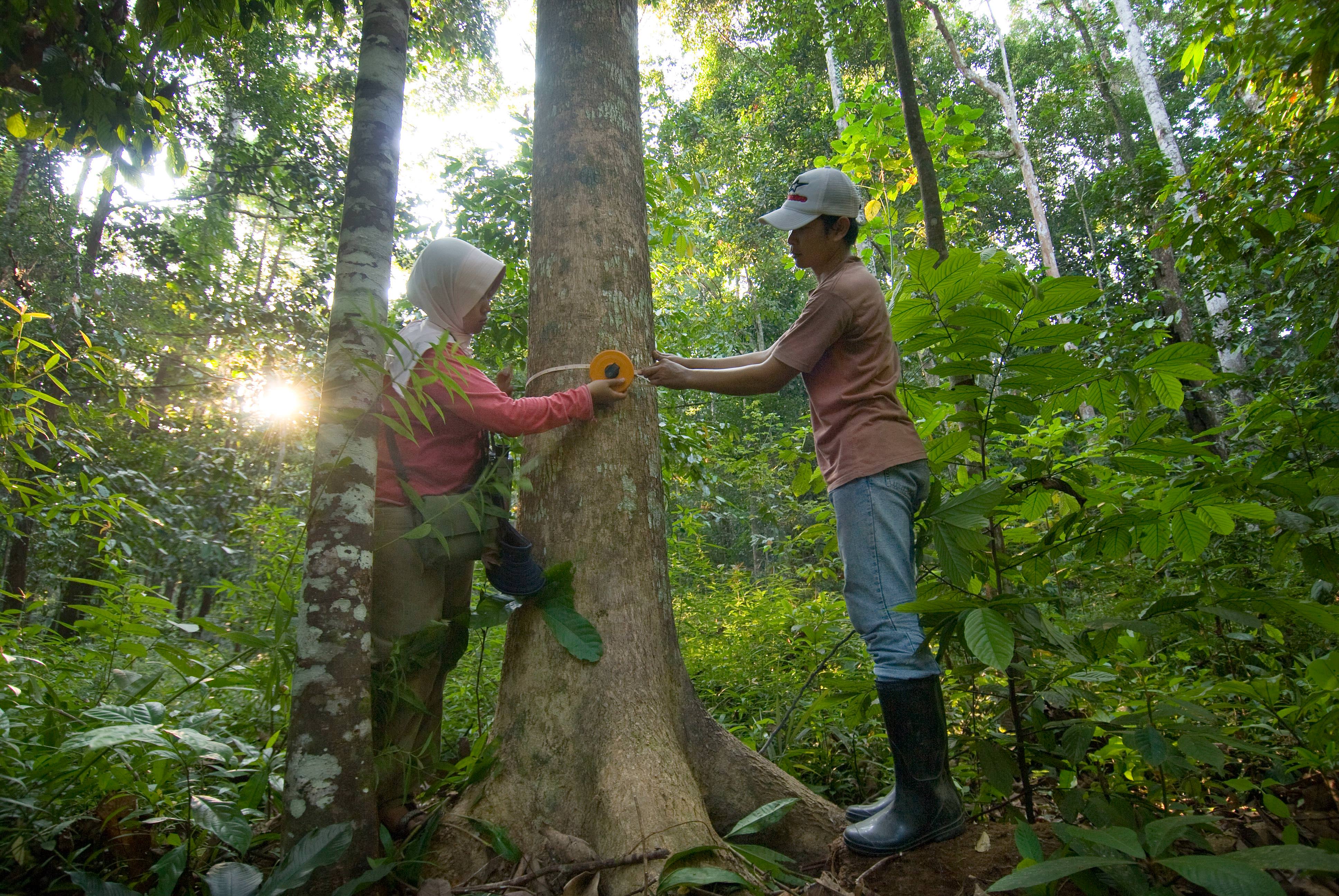LET'S SAVE THE NATURE

In this guide on what is a carbon footprint and how is it measured, we’ll cover:
- What is a carbon footprint?
- How is a carbon footprint measured?
- Sources of Carbon emission
- The best carbon footprint calculator
- How can I reduce my carbon footprint?
- Statistics on carbon footprint generated all over the world

What is a Carbon Footprint?
When we burn fuel, it produces greenhouse gases such as carbon dioxide, Methane, Nitrous Oxide, and Fluorinated Gases. There are other greenhouse gases but to keep it simple and easy to compare, we count them as CO2 equivalent. So part of our Ecological Footprint is actually our carbon footprint. Carbon footprint refers to the total amount of greenhouse gases released into the earth’s atmosphere as the result of the activities of a particular individual, organization, or community. So reducing it is a one simple thing which we can do for saving our nature, so lets go through this how to reduce your carbon footprint list to get an idea about reducing yours.
How is Carbon Footprint measured?
A carbon footprint is measured by calculating the total greenhouse gas emissions caused directly and indirectly by an individual, organization, event, or product. This measurement includes emissions from activities like driving, electricity use, and manufacturing. The process involves identifying emission sources, collecting data on fuel and energy consumption, and using emission factors to convert this data into CO2 equivalents. Tools like carbon calculators and life cycle assessments are commonly used. The resulting figure, usually expressed in metric tons of CO2 equivalent per year, helps in understanding the environmental impact and identifying opportunities for reduction.

Sources of Carbon Emission
Sources of carbon emissions include the burning of fossil fuels (coal, oil, and natural gas) for electricity and heat, transportation (cars, trucks, planes, and ships), industrial processes (cement, steel, and chemical production), and deforestation. Residential heating and cooking, agricultural practices (such as livestock digestion and rice production), and waste management (landfills and waste treatment) also contribute significantly. Carbon emissions result from both direct activities (like fuel combustion) and indirect activities (like electricity consumption), playing a major role in climate change by increasing atmospheric concentrations of carbon dioxide, a leading greenhouse gas.